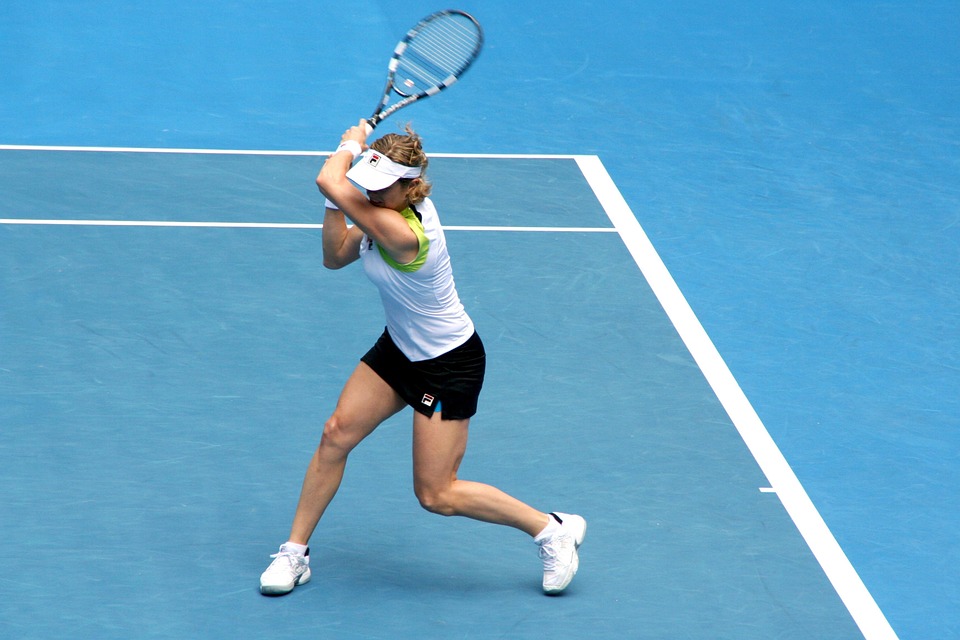Tennis, often dubbed the sport of kings, has seen a remarkable transformation in its attire, mirroring societal changes, technological advancements, and shifting fashion trends throughout the decades. From the conservative outfits of the late 19th century to today’s bold and expressive ensembles, tennis fashion is a fascinating journey through time and culture.
The 1870s-1910s: The Birth of Tennis Attire
The origins of tennis fashion can be traced back to the 1870s, when the sport first gained popularity among the British aristocracy. Matches were played on grass courts, and players donned long, flowing dresses for women and knickerbockers for men. Women’s outfits typically featured high collars, long sleeves, and intricate details, while men opted for tailored white trousers and linen shirts. As the sport spread, it began to attract a broader audience, prompting a shift toward more practical attire.
The 1920s: A Roaring Revolution
The 1920s marked a turning point in tennis fashion as women began to assert their independence. The flapper style influenced tennis attire, leading to shorter skirts, sleeveless tops, and looser fits that allowed for greater mobility. Iconic figures like Suzanne Lenglen popularized this new look, often opting for a stylish headband and knee-length skirts. For men, the classic white ensemble became a symbol of the sport, with the addition of the trendy straw boater hat.
The 1930s-1940s: The Modern Aesthetic
The 1930s saw the introduction of more streamlined designs, with players prioritizing function alongside fashion. The streamlined silhouette of the 1930s was adopted widely, allowing athletes like Don Budge and Helen Wills Moody to perform at their best. This decade also introduced color to tennis outfits, a notable departure from the strict white ensembles of the previous eras. During World War II, however, many tennis events were suspended, and fashion took a backseat to practicality.
The 1950s-1960s: The Golden Age
The post-war era ushered in a golden age of tennis fashion, with stars like Billie Jean King and Rod Laver revolutionizing on-court styles. The classic polo shirt became a staple for men, while women embraced bright colors and playful patterns. The rise of the tennis skirt, paired with a fitted top, became the fashionable choice for female players, emphasizing both style and femininity. This period also marked the crossover into the realm of professional entertainment, as players began to influence mainstream fashion.
The 1970s: Bold Statements
As society entered the 1970s, tennis fashion took a bold turn, reflecting the era’s counter-culture movements. The "Open Era" allowed for more diverse styles and personal expressions. Key players like Arthur Ashe and Björn Borg donned iconic looks that included headbands, vibrant colors, and polyester shorts. On the women’s side, outfits became even more playful with the introduction of the mini-dress and vibrant prints. This decade also introduced the tennis "whites" rule, but players’ unique styles began to create an atmosphere of individuality.
The 1980s: Glamour and Excess
The 1980s were characterized by extravagance, with neon colors and bold patterns dominating the scene. Legends like John McEnroe and Martina Navratilova became known not just for their athletic prowess but also for their unique style choices. The rise of corporate sponsorships meant that brands like Nike and Adidas began to influence what players wore on the court, resulting in eye-catching, logo-heavy attire. Tennis matches turned into fashion shows, with players strutting bold designs, including leg warmers and large sunglasses.
The 1990s-2000s: The Birth of Street Style
The ’90s saw tennis fashion take cues from street style, as players like Andre Agassi popularized edgy looks complete with colorful hairstyles and baggy shorts. For women, the tennis dress evolved into more form-fitting options that combined performance with flair. The sport was increasingly embraced by the mainstream, and players like Serena Williams began to merge athletic performance with high fashion, setting the stage for future players.
The 2010s-Present: The Age of Individuality
Today’s tennis fashion is a fusion of comfort, personal expression, and sustainability. Athletes like Coco Gauff, Naomi Osaka, and Venus Williams are redefining what it means to dress for the court. From bold colors to striking cuts, today’s players prioritize not just performance but also sustainable practices in their clothing choices. Collaborations with high-end designers and streetwear brands are now common, bringing couture to the courts.
Conclusion
The evolution of tennis fashion reflects broader cultural, social, and technological changes, showcasing the sport’s ability to adapt over time. From the structured outfits of the late 19th century to today’s avant-garde styles, tennis attire has become a canvas for self-expression and creativity. As we look to the future, it will be exciting to see how the intersection of fashion and sport continues to evolve, serving both style and performance on the global stage.



